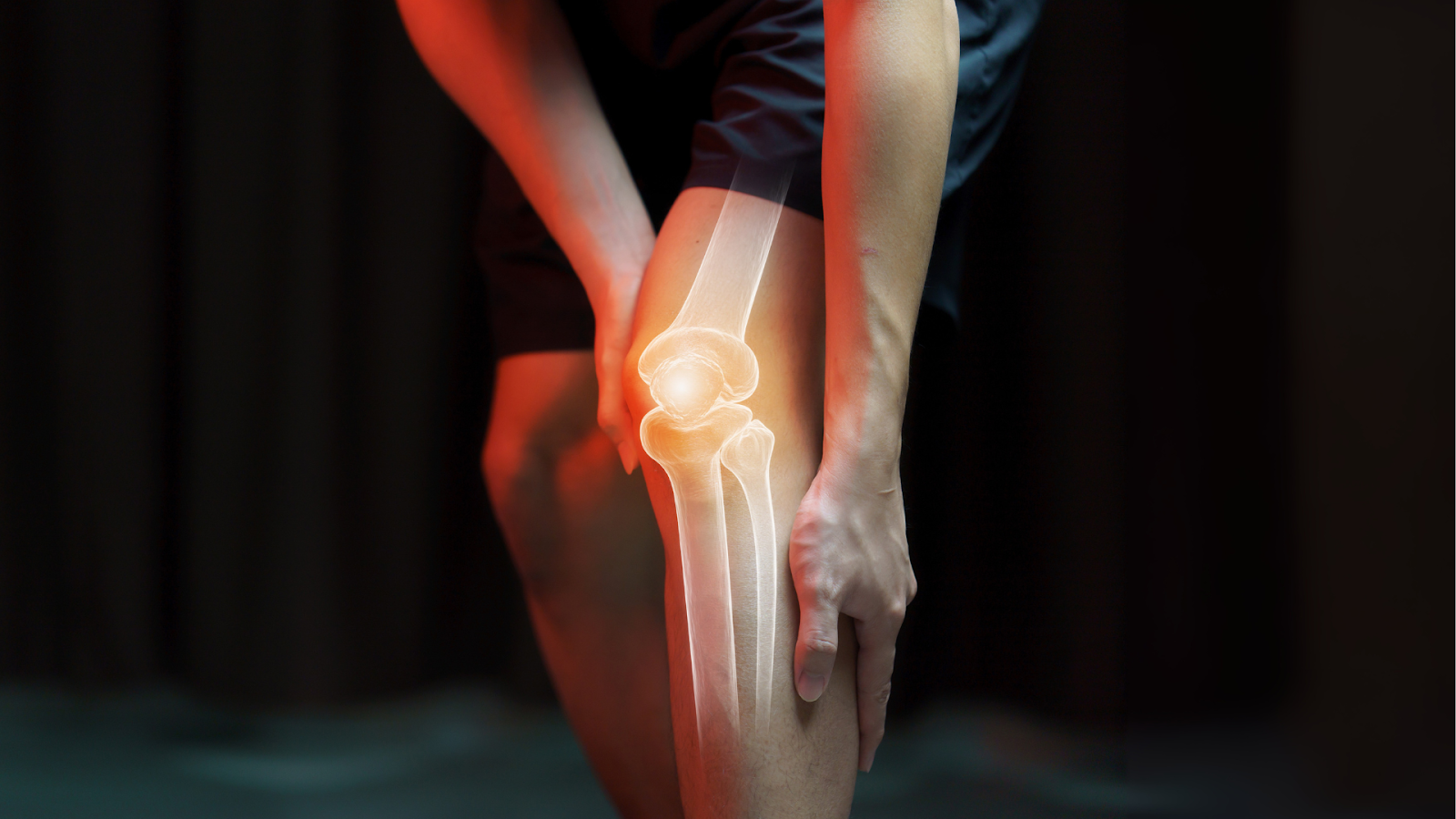That Nagging Knee Pain Isn’t Just “Old Age” or “Too Much Running”…
Meet Sarah, a 34-year-old HR executive and weekend runner. She loves chasing her fitness goals — but lately, a dull ache in her knee has been holding her back. It flares up on stairs, during squats, and even when she sits too long at her desk. She brushed it off for weeks… until the pain started creeping into her daily life.
Sound familiar?
Whether you’re a gym junkie, an office worker, or someone who just wants to walk pain-free, Patellofemoral Pain Syndrome (PFPS) could be the culprit behind your knee troubles.
Let’s break it down — what it is, how it shows up, and what you can actually do to treat it.
What is Patellofemoral Pain Syndrome?

Often called “runner’s knee”, Patellofemoral Pain Syndrome refers to pain at the front of the knee or around the kneecap (patella). It happens when the kneecap doesn’t move properly within the groove of your thigh bone (femur), causing irritation to the soft tissues.
It’s one of the most common causes of knee pain — and it doesn’t only affect runners!
What Causes Patellofemoral Pain Syndrome?

Here are some common triggers seen in our clinics across Singapore:
- Overuse from repetitive stress (e.g., running, climbing stairs)
- Muscle imbalances, especially weak quads, glutes, or hips
- Flat feet or poor footwear that affects knee alignment
- Previous injuries, like ankle sprains or dislocations
- Sudden changes in workout intensity or duration
What Does PFPS Feel Like?

Here’s how many patients describe it:
- A dull, aching pain behind or around the kneecap
- Worse when climbing stairs, squatting, running, or sitting for long periods
- Possible “grinding” sensation when bending the knee
- Stiffness when getting up from a chair or a car
What Happens If PFPS Goes Untreated?

Ignoring it can lead to:
- Chronic knee pain
- Worsening inflammation
- Changes in your walking or running patterns (which may cause new injuries)
- Reduced mobility and quality of life
Early intervention = faster recovery!
Can Patellofemoral Syndrome Go Away?

Yes, with proper treatment, PFPS often improves without surgery. But it won’t magically disappear without you putting in the work.
The key lies in identifying what caused it and addressing those underlying issues with the right rehab approach.
How Long Does It Take to Heal?
On average, 6 to 12 weeks with a consistent rehab plan. However, it depends on factors like:
- How long you’ve had the pain
- Whether you’ve continued aggravating activities
- How diligently you follow your physio programme
Is Walking Good for Patellofemoral Syndrome?

It can be — if it’s pain-free and done in moderation. Avoid long walks if your knees start aching. Stick to even surfaces and wear supportive shoes.
Pro-tip: Avoid hills and stairs while you’re recovering.
How Should I Sit with Patellofemoral Pain Syndrome?

- Avoid sitting with knees bent for long periods (e.g. cross-legged or in tight office chairs)
- Get up and stretch every 30–45 minutes
- Sit with your feet flat on the floor and knees at 90 degrees
What Are the Best Exercises for PFPS?

Your physiotherapist might guide you through:
- Quadriceps strengthening (especially VMO activation)
- Glute and hip stability drills
- IT band and hamstring stretches
- Controlled squats, step-downs, or wall sits
- Balance and proprioception work
What to Avoid:
- Deep squats
- Lunges with poor form
- Running downhill
- High-impact jumping
What’s the Fastest Way to Treat Patellofemoral Pain Syndrome?

There’s no magic bullet — but a combo of these works best:
- See a physiotherapist to get assessed and rule out more serious conditions
- Customised exercise programme to target imbalances
- Footwear audit (especially if you have flat feet — a podiatrist can help!)
- Activity modification — take a short break from aggravating movements
- Taping or bracing, if recommended by your therapist
- Manual therapy to reduce stiffness and tightness around the knee
Can You Get Patellofemoral Syndrome Treated in Singapore?
Absolutely. At Physio & Sole Clinic, we specialise in managing PFPS through:
- Physiotherapy for muscle balance and joint mechanics
- Podiatry input for footwear advice and orthotics
- Holistic, movement-based rehab designed for your lifestyle and sport
Whether you’re a runner, a mum chasing after toddlers, or a desk-bound professional, we tailor care to fit your needs.
Is PFPS More Common in Certain People?

PFPS is common among:
- Runners and athletes
- Teenagers undergoing growth spurts
- Office workers who sit for long hours
- Women (due to differences in hip-knee alignment)
- People with flat feet or poor biomechanics
When Should You See a Physiotherapist or Podiatrist?

If your knee pain…
- Has lasted more than a week
- Worsens with activity
- Affects your daily routine
- Isn’t improving with rest
… it’s time to see a professional.
Final Thoughts: You Don’t Have to Live With Knee Pain

Knee pain is common, but that doesn’t make it normal.
If PFPS is holding you back, the good news is: recovery is possible. You don’t have to give up the activities you love. You just need the right support, early.
At Physio & Sole Clinic, we’re here to help you move confidently again — with real solutions, not just rest.
📍 Book a consultation with our experienced team today. Let’s get your knees back on track.






